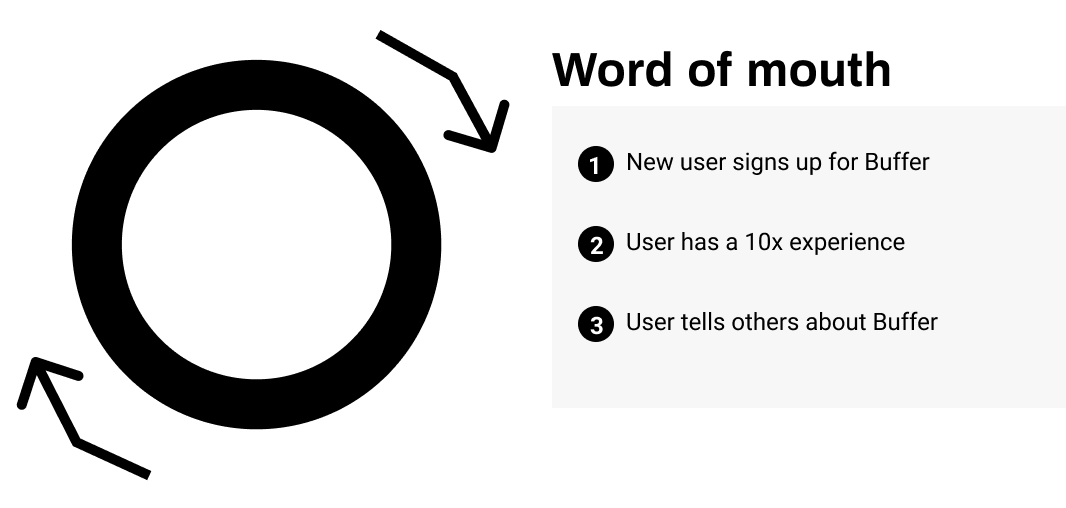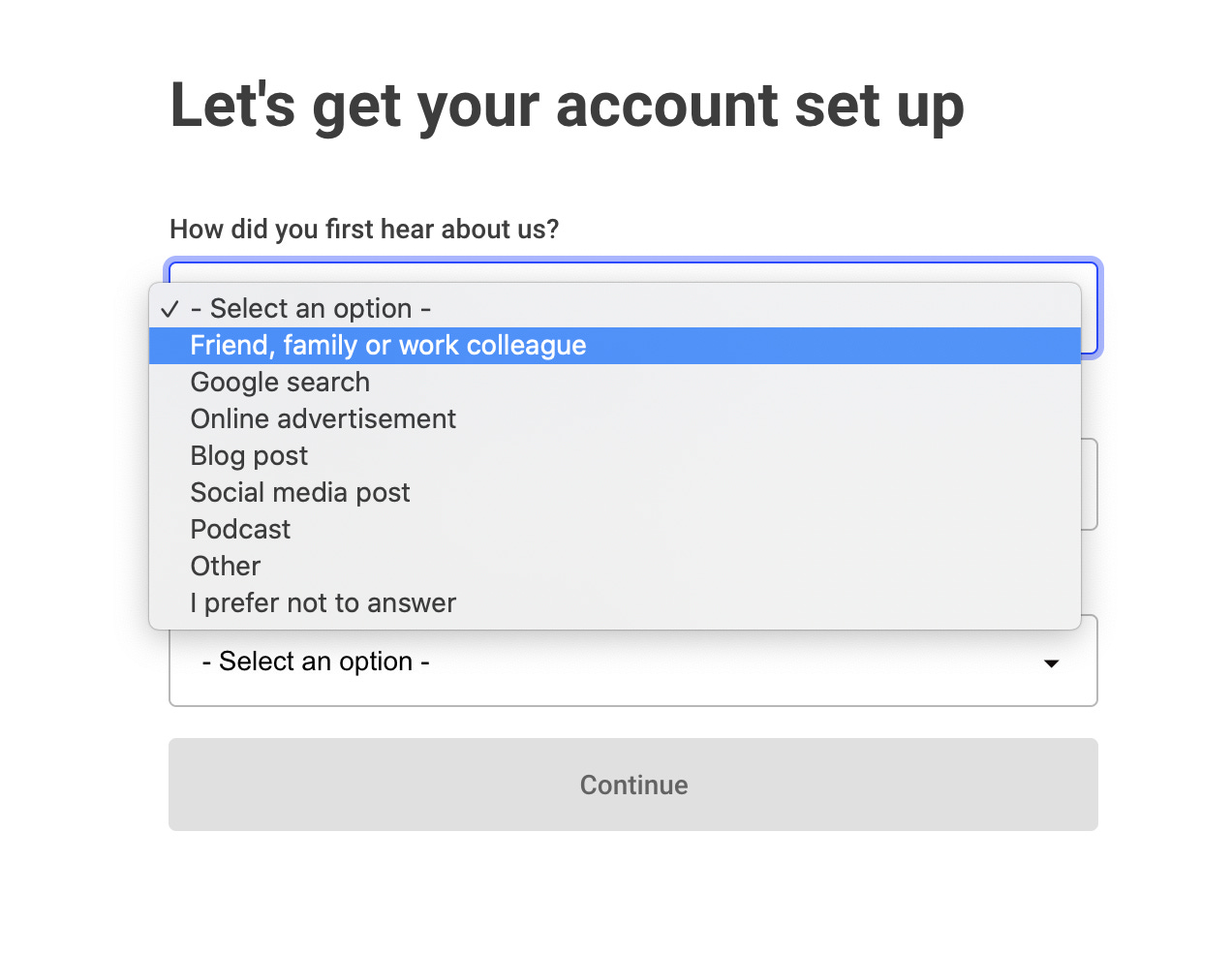145. Word of Mouth 👄
How we measure WOM at Buffer
I share a weekly update on ways to be a better marketer, brand-maker, team-builder, and person. If you enjoy this, you can share some love by hitting the Substack heart button above or below.
Hi there 👋
It’s been quite an incredible past few days here in the U.S. with a historic turnout for the U.S. election and weeklong drama about who won. What was election week like for you? I know many readers aren’t from the States; I’d be curious to know your perspective, too. Over the past couple days, I’ve read some great stuff at FiveThirtyEight, Bloomberg, and the New York Times. I’d highly recommend their coverage of what has happened and what it all means.
One of many angles I found compelling was the stats. The election was POPULAR.
The Guardian recorded its highest-ever digital traffic on Nov. 4 reaching more than 190 million page views and 52.9 million unique browsers globally in 24 hours.
CNN Digital also broke records that day, as 116 million unique visitors logged on to the site.
The Washington Post had its “highest number of pageviews in history by over 40%.”
😲
Wishing you a great week,
Kevan
These are 4 cool things I read this week
1 - To launch or not to launch
2 - These four brilliant ideas would make Zoom work a lot better
3 - “Should this be a meeting?” flowchart
4 - $1.7 billion for 6 months — Lessons from Quibi’s quick demise
Roughly 92% of users reportedly left after their free trial expired.
Before launch, management projected 7.4 million subscribers by the end of year 1; upon announcing its shut down 6 months in, they had 500,000.
Jeffrey Katzenberg blamed the pandemic, noting, “I attribute everything that has gone wrong to coronavirus.”
How we measure word-of-mouth
We are fortunate at Buffer that one of our primary growth loops is word of mouth. This growth loop works like this:
A new user signs up for Buffer
We deliver an experience that exceeds their expectations by 10x
The user can’t help but tell other people about Buffer
Those new people then sign up, have a 10x experience, etc. etc.
(We aim to deliver the 10x experience in every single touchpoint of our brand: the product itself — obviously — but also customer support, blog content, social media, campaigns, emails, in-app messages, and more.)
Whenever I share that we have a word-of-mouth loop at Buffer, I get the inevitable question:
Well how do you measure that?
<gulp>
It’s not an easy answer. At the core of a word-of-mouth loop is reliance on user behavior to drive more acquisition. There but for the grace of God go our happy users, and hopefully they go tell others about us.
For a word-of-mouth loop to work, you need to have a K-factor greater than one. Essentially this means that, on average, every person you acquire is acquiring at least one other person for you.
The most quantifiable way to measure word-of-mouth is with a referral program. You give people a trackable link to share and see how many new signups come from that link.
But what if you don’t have a referral program? (We don’t at Buffer.)
In that case, these are some other ways to track word-of-mouth.
1. Survey your new users
We add a signup survey as part of the account creation process. One of those questions is How did you first hear about us?
If someone answers “friend, family, or work colleague,” then we count that signup as a word-of-mouth referral.
2. Track branded keyword search
If people are telling others about your brand, then chances are that some of those new people will Google you. One way to tell if your word-of-mouth loop is working efficiently is if branded keyword search goes up over time.
(We also see this behavior appear in the iOS App Store and Google Play Store searches.)
3. Track direct traffic to your website
Along with typing “Buffer” into Google, we also get a lot of people who type “buffer.com” into the address bar and visit our homepage directly. By looking at our data to see how many signups came from “direct” referrals, we can attribute a portion of that to word-of-mouth also.
—
What tips and tricks do you have for measuring word-of-mouth? I’d love to hear your ideas.
Thanks so much for reading. Have a great week!
— Kevan
P.S. If you liked this email and have a quick moment, could you click the heart button below? It’d mean a ton to me and might help surface this newsletter for others. Thank you!





